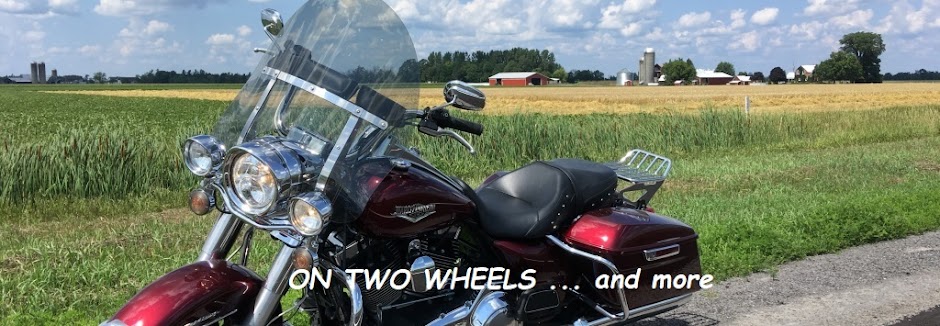We’d been meaning to visit and finally got around to it today. We were blown away by the artistry and attention to detail – all done in various types of plants, grasses, mosses, and so on to provide the texture and colour the artists desired. It is reported that 3 million plants of 80 different varieties were required to create this magical garden.
It is, understandably, extremely labour intensive and expensive (reported cost – $10 million to put on this particular exhibit of 100+ sculptures) so don’t expect to see this type of exhibit too often. But if you ever get the chance to visit one, go for it, as these examples were truly beautiful.
Not horticultural art but still amazing creations by a British artist (forget her name) who uses driftwood as her medium.
All in all a great way to spend the day. Best of all, it was free. (Worst of all was the $53 parking ticket I got because I misread the sign. The fact that there was actually a free space should have been my first clue. Sigh.)
